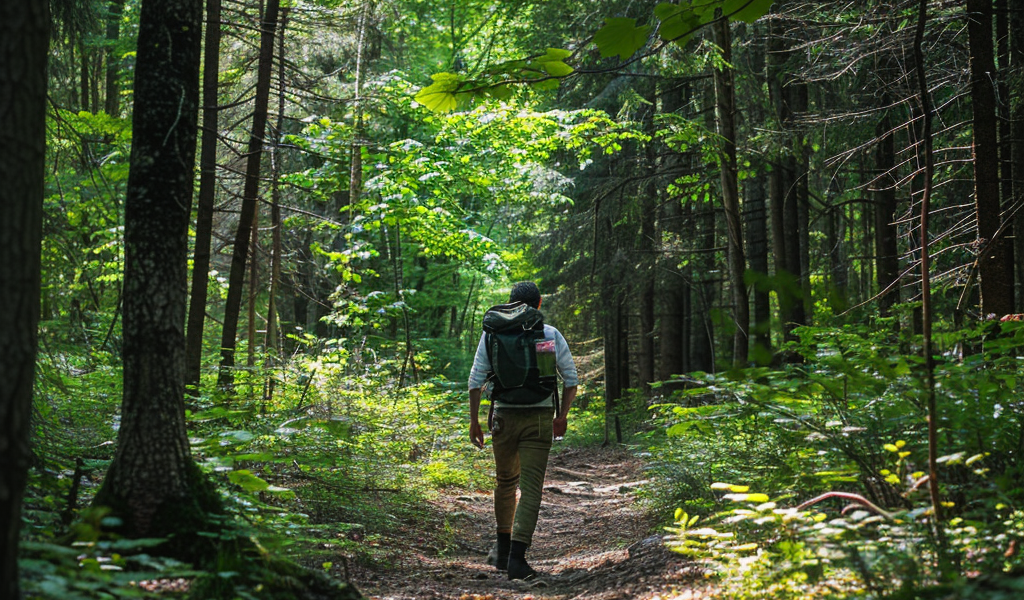As warmer weather sets in, experts are warning the public about the early arrival of ticks in Ottawa this year and the associated health risks. Manisha Kulkarni, who heads the UPTick research project at the University of Ottawa, attributes the increased tick activity to the warmer climate, which has led to the melting of snow and more people spending time outdoors.
Kulkarni explains that ticks have a two-year life cycle, and with shorter winters and longer summers, they have more time to find hosts, potentially resulting in larger tick populations. However, she notes that increased tick activity doesn’t necessarily mean there will be more ticks this year.
Paul Roumeloitis, the medical officer of health with the Eastern Ontario Health Unit, emphasizes the importance of considering the tick species. Deer ticks, also known as blacklegged ticks, can carry bacteria that cause Lyme disease, a condition that can be transmitted to humans. Symptoms of Lyme disease include fever, chills, and rashes that may resemble a bull’s-eye.
In addition to Lyme disease, deer ticks can also transmit other infectious agents that lead to diseases such as babesiosis, anaplasmosis, and Powassan disease. Symptoms of these diseases include fever, headaches, and nausea. While there hasn’t been a significant increase in cases of babesiosis or Powassan disease, there has been a rise in anaplasmosis cases in recent years.
Joan Black, a clinical nursing facilitator with Kingston, Frontenac and Lennox & Addington Public Health, highlights that individuals with weakened immune systems or older individuals are at higher risk of developing serious infections from tick-borne diseases. She notes that many young, healthy people may contract an anaplasmosis infection without realizing it, experiencing only mild symptoms.
To prevent tick bites while outdoors, experts recommend sticking to the center of trails, wearing long sleeves and pants, using insect repellent, and performing thorough tick checks after being outside. These precautions can help reduce the risk of tick-borne illnesses and ensure a safer outdoor experience.





